The stage life of the ballet "Carmen Suite" began very difficult, but today it is staged and performed all over the world. "Carmen" did not die, as ill-wishers predicted, but with each new production it takes on a new life and a new look.
Maya Plisetskaya turned 39 in 1964. She was the leading ballerina of the Bolshoi Theatre, People's Artist of the USSR and the wife of the outstanding composer Rodion Shchedrin. Maya danced lead roles in such famous ballets as Swan Lake, Don Quixote, Sleeping Beauty, The Nutcracker, Giselle and Raymonda. However, the talented and full of energy artist wanted more, namely, she dreamed of embodying the heroine on stage, which she had been dreaming of since the beginning of her stage career. Carmen - it was this image that haunted Plisetskaya to such an extent that she herself, based on the short story by Mérimée and the opera by Bizet, began to compose the libretto of the ballet.
Several years have passed and the ballerina's dream would have remained a dream if it were not for a happy accident that brought the Cuban ballet led by the famous choreographer Alberto Alonso to Moscow on tour. After visiting the performance of the guests and seeing their choreography, Maya realized that this was exactly what she had dreamed of for many years. Without hesitation for a long time, Plisetskaya turned to Alonso with a request to stage the one-act ballet Carmen for her.
Shchedrin made a free virtuoso arrangement of music from the opera "Carmen" and "Arlesian" in a very short time. Only twenty days and the transcription, designed for strings and percussion instruments, was ready.
The ballet is performed by audio recording.
In the Shah's harem, Zobeida tries to appease her husband. But Shahriar is gloomy: his brother Zeman, the ruler of Persia, who came to him, assures that the Shah's wives are unfaithful to him. Zobeida, the main wife, again tries to soften the heart of the ruler, but he is impregnable and casts suspicious glances around him. The dance of the three almay is unable to distract Shahriar from his heavy thoughts. He announces that he is going hunting. Zobeida, falling at her husband's feet, begs him to stay, but the shah is adamant, he retires with his retinue, leaving the harem alone. The inhabitants of the harem beg the chief eunuch to let their lovers, the slaves, into the chambers. The suddenly returned Shahriar finds his wives during lovemaking. His janissaries slaughter wives and slaves with crooked sabers. Zobeida begs for her life, but, having been refused, the proud concubine kills herself. In the ensuing silence, the shah's sobs can be heard.
Ballet performed with orchestra.
The ballet was staged by Mikhail Fokin to the music of the symphonic suite of Nikolai Andreevich Rimsky-Korsakov "Scheherazade."
The premiere took place on June 4, 1910 at the Grand Opera, and the play was created in the "Russian Seasons" by Sergey Diaghilev.
The scenery and costumes were performed by the artist Lev Bakst, the curtain was made in the workshops according to the sketches of the artist V. A. Serov, and the artist was B. I. Anisfeld. Conductor N. N. Cherepnin. The first performer of Zobeida was Ida Rubinstein, the servant of Zobeida was performed by Vaclav Nizhinsky, in the part of Shakhriyar - A.D. Bulgakov.
Sketches of stage costumes for Scheherazade were also created by the French artist Georges Barbier
The melodic and melodious oriental themes of Rimsky-Korsakov pass through the entire ballet. In the music you hear the sound of the sea surf, a fun holiday in Baghdad and a cantilen, the word itself is the story of Scheherazade, a melody. The music itself tells an oriental tale and has a rhomboid shape.
On June 14, 1911 in New York, the choreographer F. M. Kozlov transferred the Fokin ballet to the artists of the Russian imperial ballet Winter Garden, but with other sets made by artists G. I. Golov, V. V. Dyachkov, I. Naujokaitis , O. Lebedeva, and costumes M. de Möll.
The last time Ida Rubinstein danced Zobeide on May 4, 1919 at the Grand Opera at a charity evening in favor of Russian refugees who suffered from the Bolsheviks.


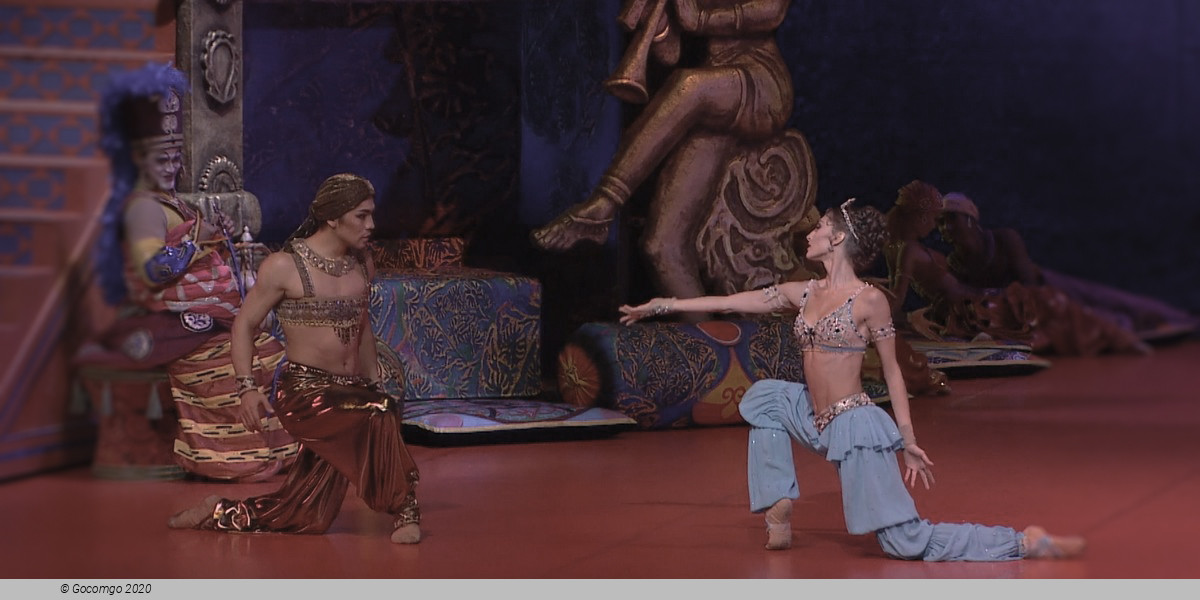
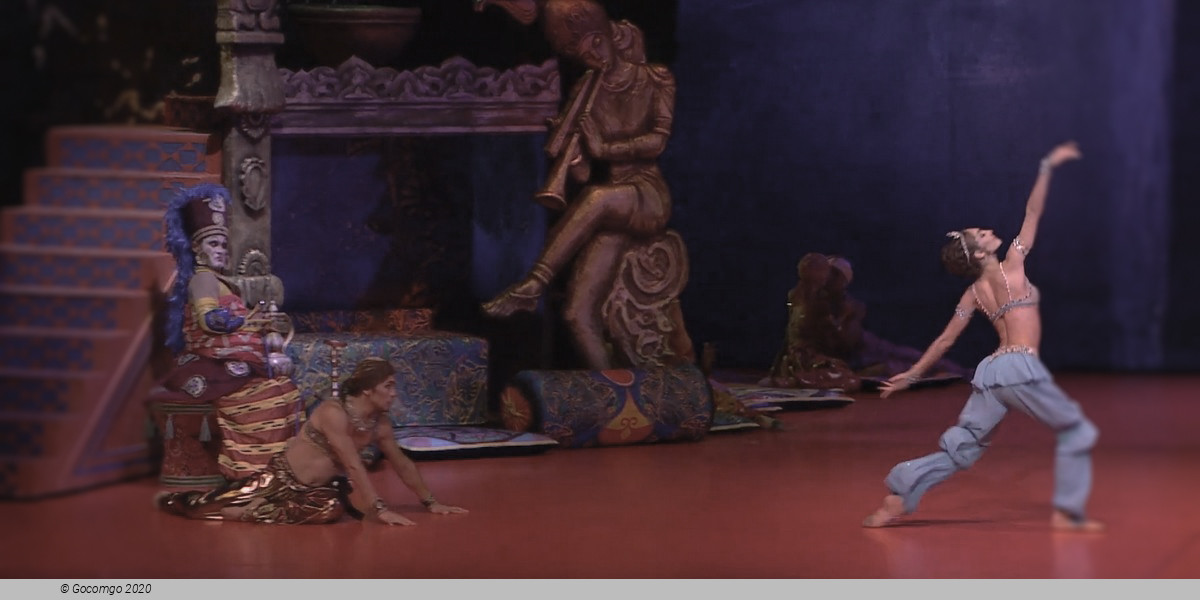
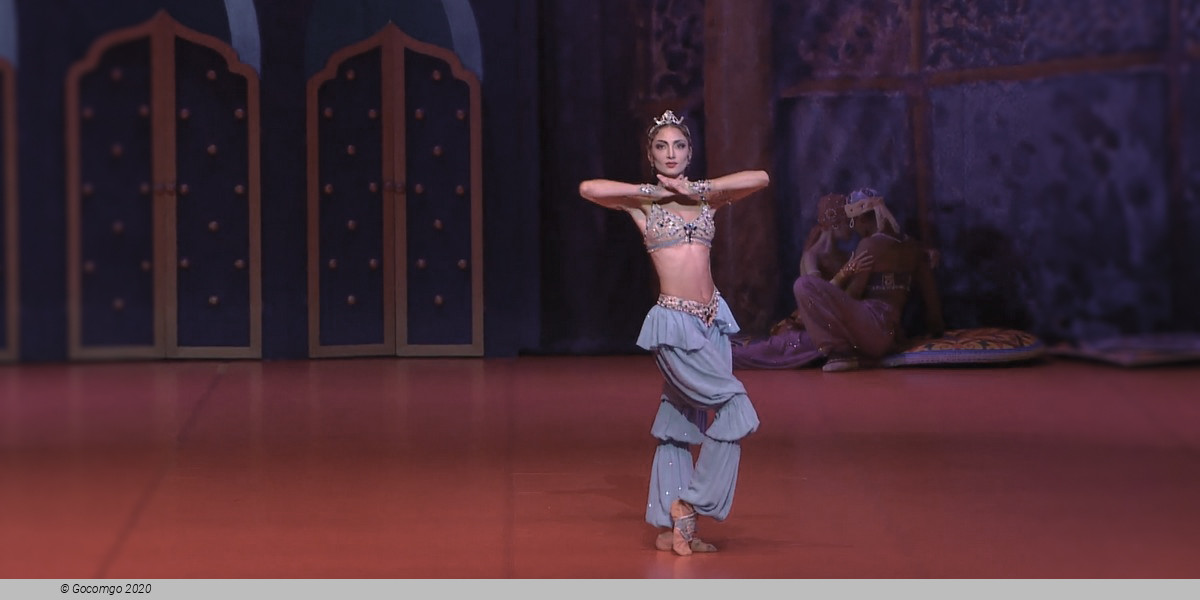
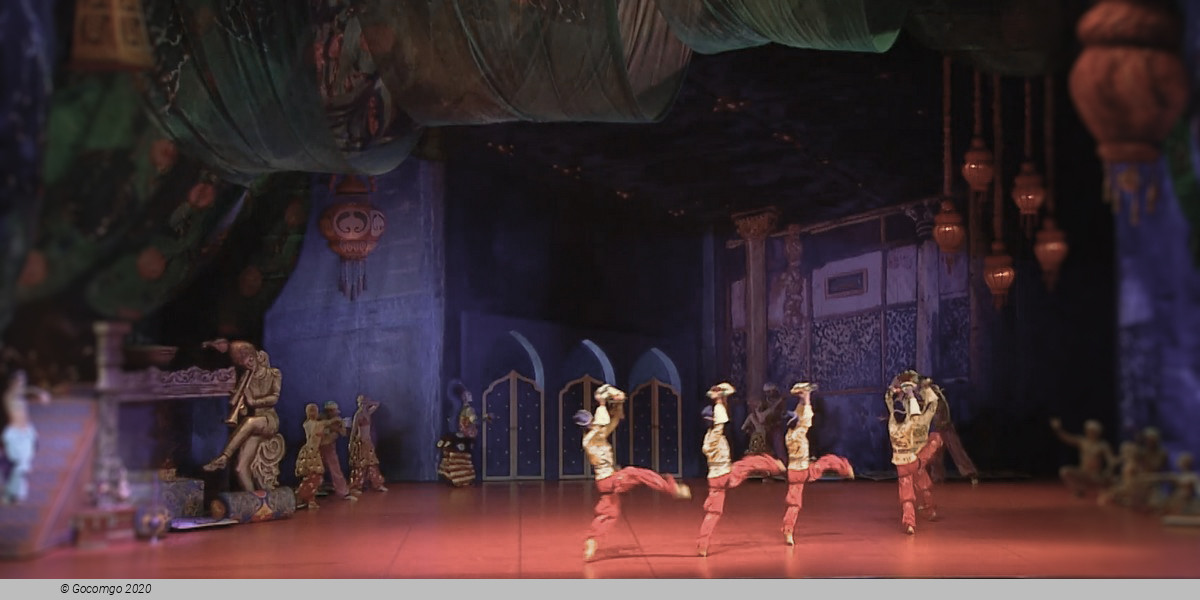

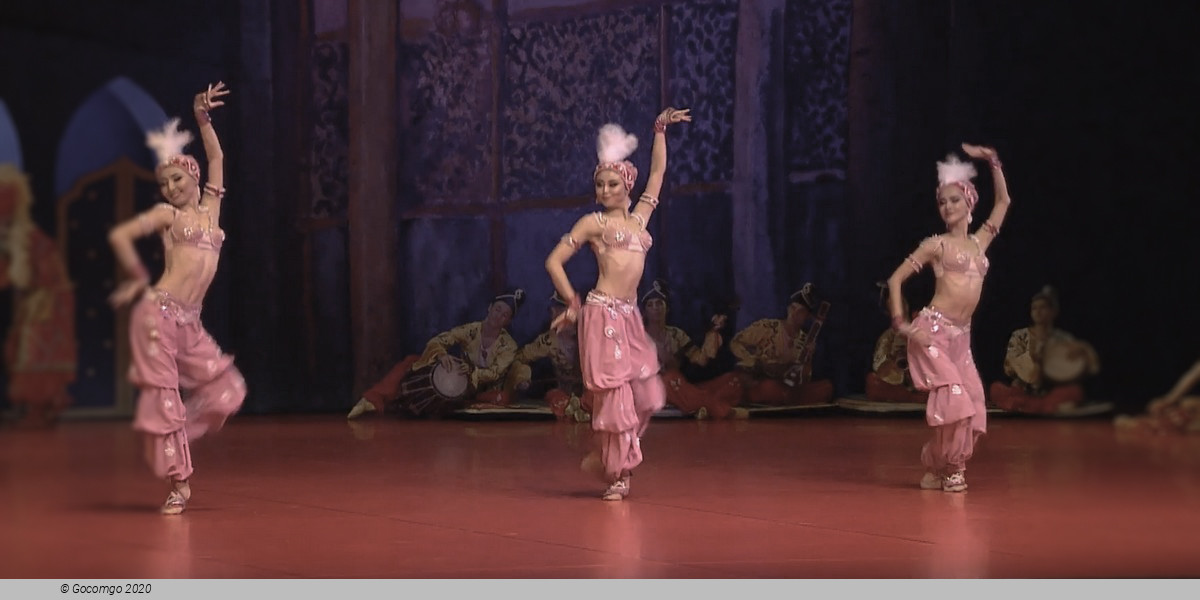


 St. Kabanbai batyra, 110
St. Kabanbai batyra, 110